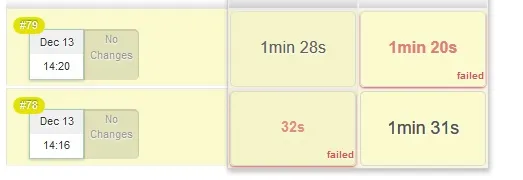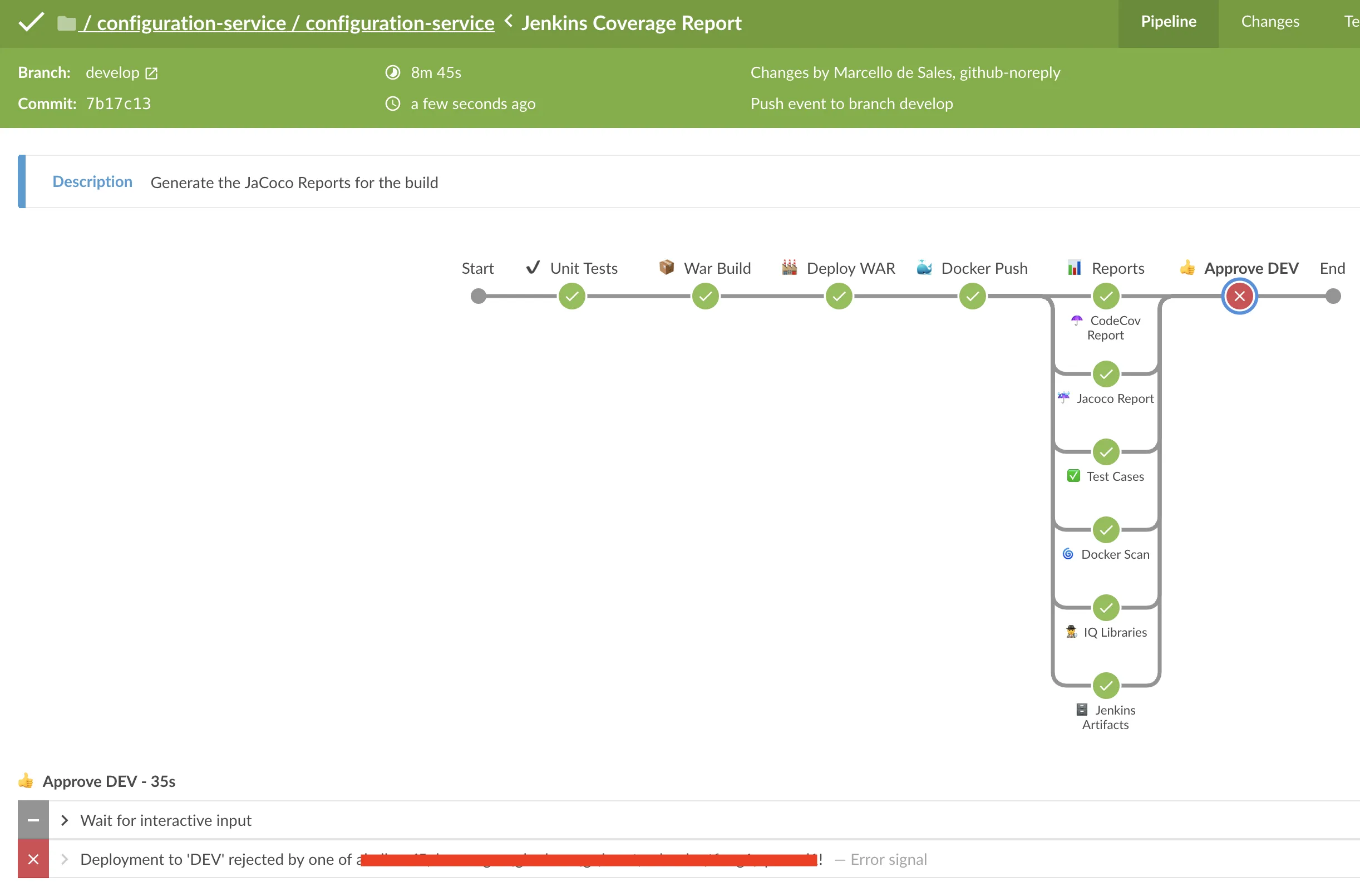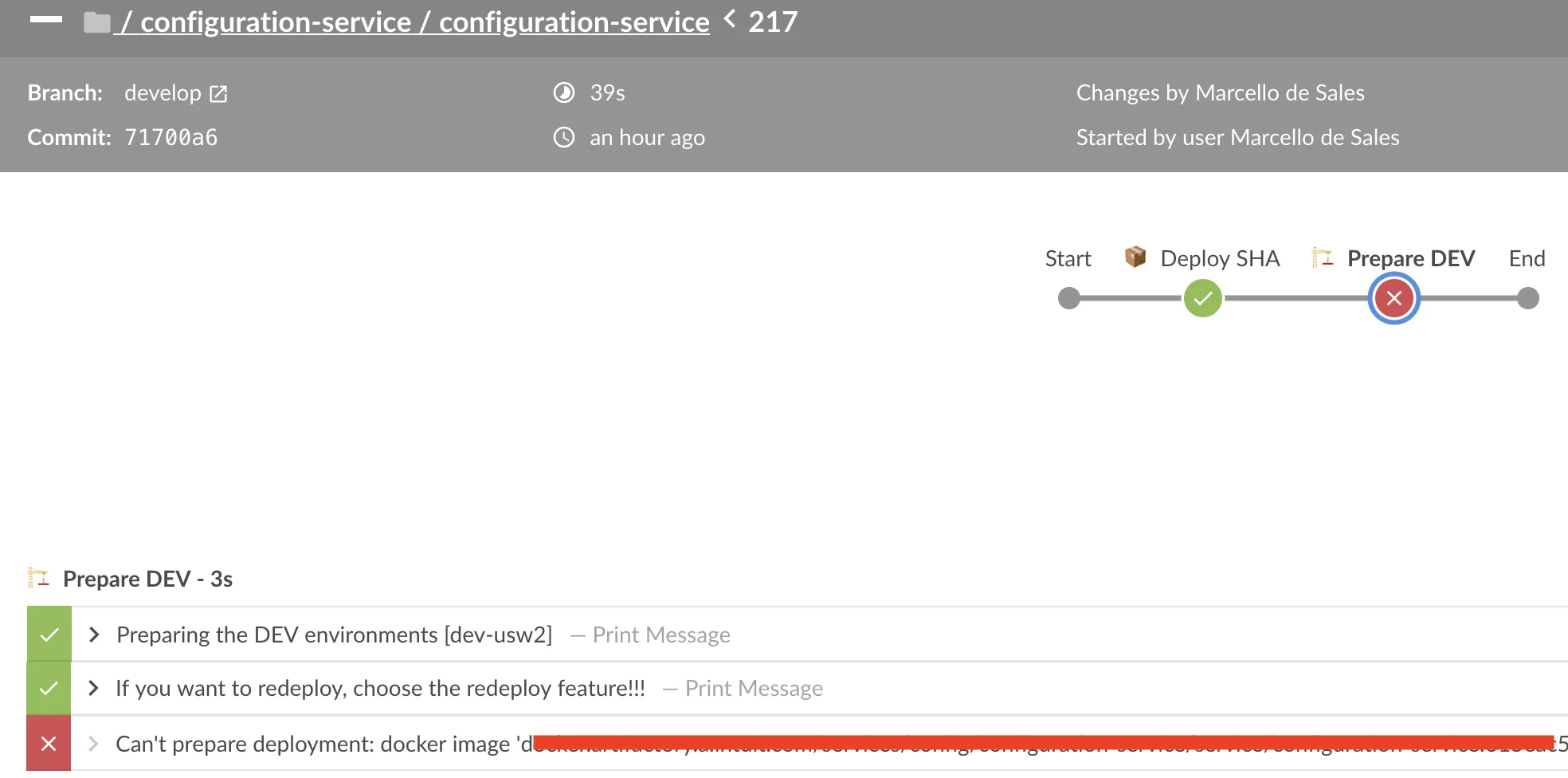这是我正在使用的代码
node {
stage 'build'
echo 'build'
stage 'tests'
echo 'tests'
stage 'end-to-end-tests'
def e2e = build job:'end-to-end-tests', propagate: false
result = e2e.result
if (result.equals("SUCCESS")) {
stage 'deploy'
build 'deploy'
} else {
?????? I want to just fail this stage
}
}
有没有办法让我在不使整个任务失败的情况下标记“端到端测试”阶段为失败?始终传递 false 只会将该阶段标记为 true,这不是我想要的,但传递 true 会将整个任务标记为失败,这也不是我想要的。




sh 'exit 0'在 Windows 安装上也能工作吗? - grenix